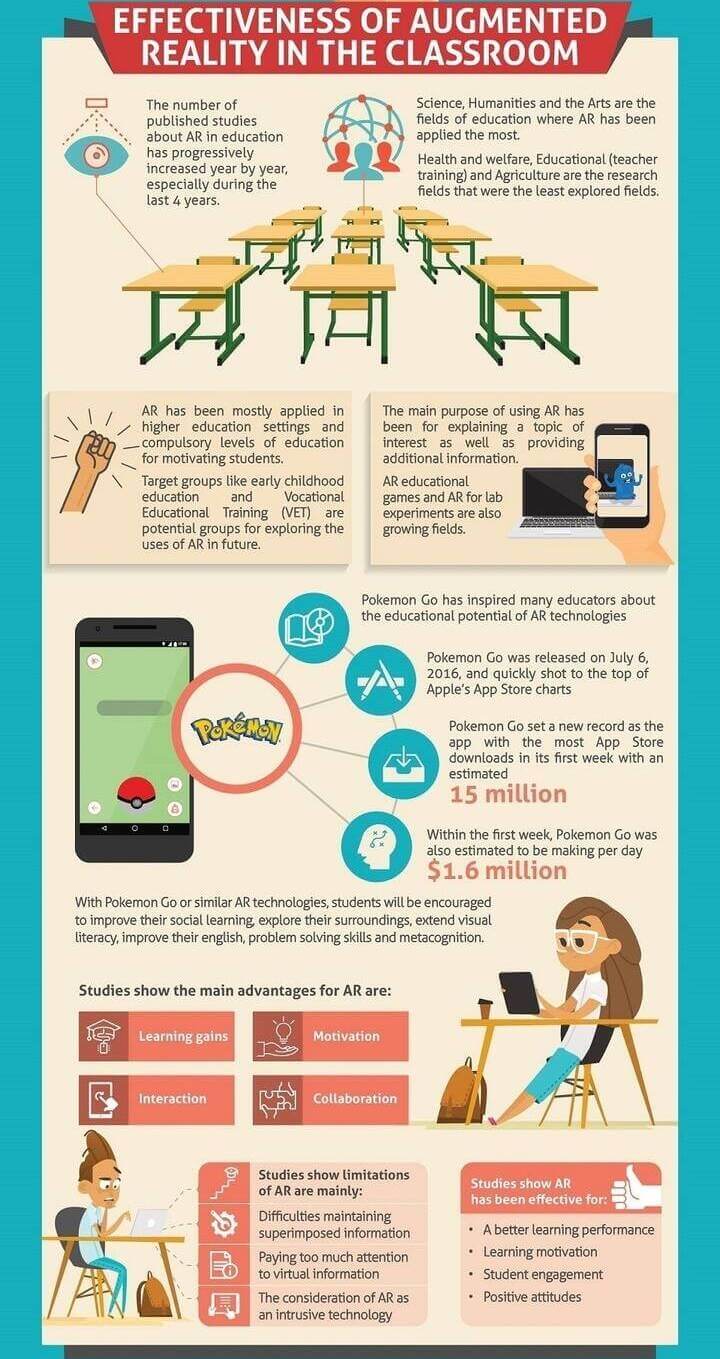Desktop AR: Fresh View on Immersive Learning
Fourth Leap’s Jamie Axel has a chat with Dr Sirisilp ‘Rabbit’ Kongsilp, CEO of Perception on Desktop AR, a tech solution that can revolutionise education and the learning process.

Desktop AR is a tech solution that can change the learning experience. It is an alternative to costly VR/AR headsets, turning a 2D monitor into a volumetric display using their Holo-SDK software and affordable AR glasses. However, while the current VR/AR market is projected to be worth 300 billion USD by 2024, Dr Sirisilp ‘Rabbit’ Kongsilp believes that its tools need to be accessible in order to be truly empowering.
Popular VR/AR headsets cost upwards of USD$500, making the tech inaccessible to many. Desktop AR, on the other hand, is low-cost and offers the same immersive experience. Following studies that students learning from VR test better than those using just traditional methods, with students showing better comprehension and retention with immersive learning techniques, Rabbit believes Desktop AR has the potential to revolutionise learning on a wide scale.
What is Desktop AR and what’s the science behind the technology?
Desktop AR is an augmented reality system that turns an ordinary 2D monitor into a volumetric display. It creates illusions of objects floating in front of a computer, bringing virtual objects into the real world using a webcam and anaglyph glasses.
In a nutshell, Desktop AR tricks our perception by targeting perspective, relative size, motion parallax, and stereopsis visual cues. Desktop AR tracks a user's head position via a webcam and renders images on a screen that match a user's perspective in 3D.
 \
\
No need to break the bank to buy AR/VR gadgets; a DIY red-blue glasses is compatible with Desktop AR.
How is Desktop AR more affordable than the conventional VR/AR technology? How is it able to provide a similar experience yet costs less?
Unlike VR headset and AR glasses technologies, users can enjoy Desktop AR at home using DIY red-blue glasses and a computer. Therefore, users do not have to purchase a new device but can simply utilise items that they already have.
How did your academic experience propel your entrepreneurial endeavours?
My academic experience gives me an edge when developing and using Desktop AR technology for educational purposes. This is because my past research projects have given me insights into how human perception works, how humans behave towards Desktop AR technology, and how to design a Desktop AR system that produces the best experience. At the same time, my experience as an educator gives me a deep understanding of what a teacher needs to deliver a meaningful course.
What inspired the shift to Extended Reality after your initial business ventures?
About 10 years ago, I was working for IBM. Then I came across a demo video of Desktop AR by one of the researchers. I think Desktop AR is fascinating because it reminds me of the technology in science fiction movies, but I also think it will be a part of our everyday life in the future. I subsequently quit IBM and continued my postgraduate studies so that I could play and experiment more with this type of technology.

This promising technology may change the way we work, play, and communicate with one another.
How might Desktop AR revolutionise a student’s learning experience? How will you use the technology in your classroom?
Students can use Desktop AR in all aspects of their study. With Desktop AR, they can learn about the space shuttle engine, the human body, historical artifacts, and other rare items that only a handful of people have access to. It also allows students to make 3D sculptures in real-time and bring their imagination to life. Moreover, Desktop AR enhances the at-home self-learning experience, as students can set up Desktop AR at home and explore their topic of interest without needing a specialised device such as a VR headset and AR glasses.
What are the potential drawbacks of Desktop AR use in education, if any, e.g. student reception, maintenance, security, etc.?
The main barrier to Desktop AR use in education is content. There are a limited number of Desktop AR applications available at this time. However, many Desktop AR applications are being developed right now. This is because Perception has created a software development kit called HoloSDK that enables VR/AR developers around the world to make any Desktop AR applications that they wish.
What’s your take on the technology in the coming 3-5 years? How else do you see it evolving and utilised (e.g. enterprise training)?
In the next 3-5 years, Desktop AR will be integrated into commercial laptop and desktop computers. When we use a computer, we will be browsing products as if they exist in front of us, playing spaceship games as if the spaceship is in our living room, or talking to one another holographically. Desktop AR will be the next step forward for how we work, play, and communicate with one another.
Do you see technology such as Desktop AR fully replacing interpersonal learning in the future?
As an educator, I believe the most important elements of the learning process are the teachers, advisors, and mentors. I firmly believe in compassionate teaching where the teacher understands students and helps them develop an appropriate learning mindset. On that basis, Desktop AR is one of the most powerful tools that enable students to see the world beyond their classroom walls and helps teachers build imaginative global mindsets for students.

Source: elearninginfographics.com

Dr Sirisilp ‘Rabbit’ Kongsilp is the CEO of Perception, a Desktop AR solution provider. He is currently a lecturer in software engineering at Thammasat University, Thailand. He obtained his PhD in Human-Computer Interaction from the Asian Institute of Technology, MEng from Telecom SudParis which was funded by the French Government, and his first-class honours BEng from Kasetsart University. In the past, he has worked as a software developer at IBM Solution and Sun Microsystems as well as a freelancer for many companies including True Internet. As an educator, he gives public lectures in Web Application Engineering, Object-Oriented Analysis and Design, Software Requirement, and Human Computer Interaction. He is a deep tech researcher and has published several papers on virtual and augmented reality.

 \
\

